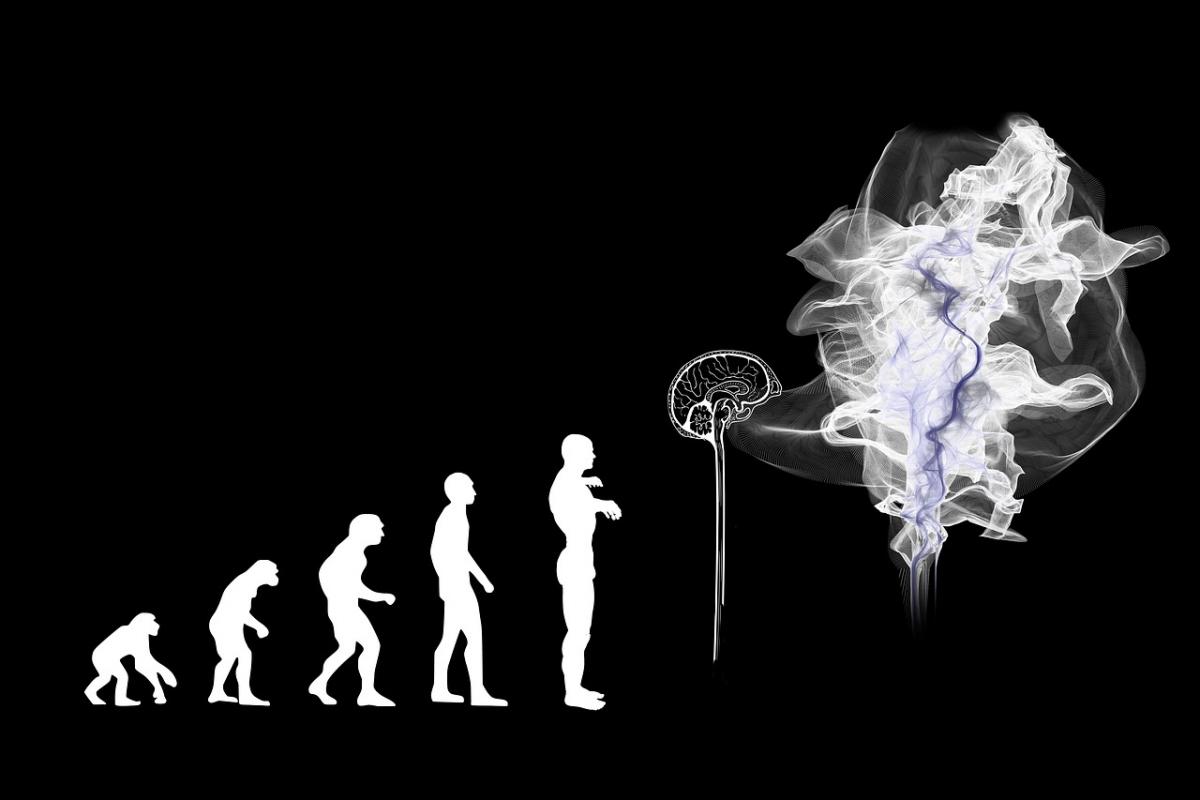A report from CREATE in collaboration with BNY Mellon looks at two related megatrends in investing—climate change and artificial intelligence. It asks in each case: how is this trend perceived in terms of opportunities and risks? What are the specific investment issues involved or solutions likely to be adopted? And how are the asset allocation approaches changing?
Professor Amin Rajan wrote the report, titled “Future 2024,” and based it largely on interviews with senior asset allocators from around the world. Rajan has compared their interview answers to an earlier literature survey, as well as with the views of analysts and experts within the BNY Mellon Investment Management system.
Carney’s Caution
Rajan begins with a reference to a speech by Mark Carney, Governor of the Bank of England, in September 2015. Carney cautioned that the catastrophic long-term impacts that might result from climate change had not been priced into goods and services. So, the buck of adjustment to such change was being passed to future generations. He called this the “tragedy of the horizon,” a name created to parallel to term “tragedy of the commons” popularized by Garrett Hardin in 1968.
Two developments soon followed Carney’s speech: The UN General Assembly adopted 17 Sustainable Development Goals, listing climate action as one of its goals, with which asset managers and their investors were expected to be willing to help. Second, the Paris climate change conference, COP 21, at the end of 2015, generated a landmark agreement to combat climate change and work toward a low-carbon future. Environmental protection has since firmly featured on the radar screens of investors and governments.
The investment-specific challenges created by these developments are, as Rajan writes, complicated and uncertain. One might begin with the stark fact that the Pacific Gas and Electric Corp. filed for bankruptcy court protection early this year, facing $30 billion in liabilities in connection with wildfires in California in 2017 and 2018. The liability came from PG&E’s failure to maintain its infrastructure. But the fires were as disastrous as they were not because of the source of the sparks but because of the dried kindling that was so widely available on which they could feed. And that fact can reasonably be attributed to global climate trends.
On-Rushing Transformation(s)
Climate change clearly poses risks. One might also take an optimistic view and see it as posing opportunities, if as Rajan proposes “markets are on the cusp of a once-in-a-generation transformation.”
Who will be the winners in that transformation? The answer may be those who have made the best use of artificial intelligence. That brings us to the other of the megatrends.
In a recent survey of business executives, when they were asked to look past 2021, 60% said that AI would have a large effect, a five-point effect on a five-point scale, on both their productive processes and their products. This was true in technology companies, of course. But it was also true of media, telecom, consumer goods, financial services, and healthcare concerns.
But there is also a good deal of corporate hesitation at work. Executives are saying in effect, “Yes, we’ll have to adopt, but not just yet.” Only 23% of the executives in the same survey said they had already incorporated AI into processes or products. Only another 23% had pilots in process. That leaves a majority (54%) who are, at best in awareness-raising mode.
How to Play it All
For businesses outside the small circle of tech giants, getting the necessary talent on payroll is a challenge, since those tech giants, as Rajan writes, have been “vacuum cleaning the global labor markets.”
Figuring out how to play all of this, in terms of investment, both buy-and-hold and in terms of traders’ horizons, is a challenge. Not only will AI likely be critical to the adoption of the business world to climate change, but whatever sets back the former transformation may disastrously set back the latter. And as Rajan observes, “the current US-China trade dispute may potentially escalate into a technological ‘arms race,’ ushering in a new form of ‘cold war,’” which may well hold back these developments.
Investors have to rely, this paper concludes, on the age-old practice of learning by doing, “while refining their approaches as new information emerges over time. The learning curve is proving steep, but not insurmountable.”




